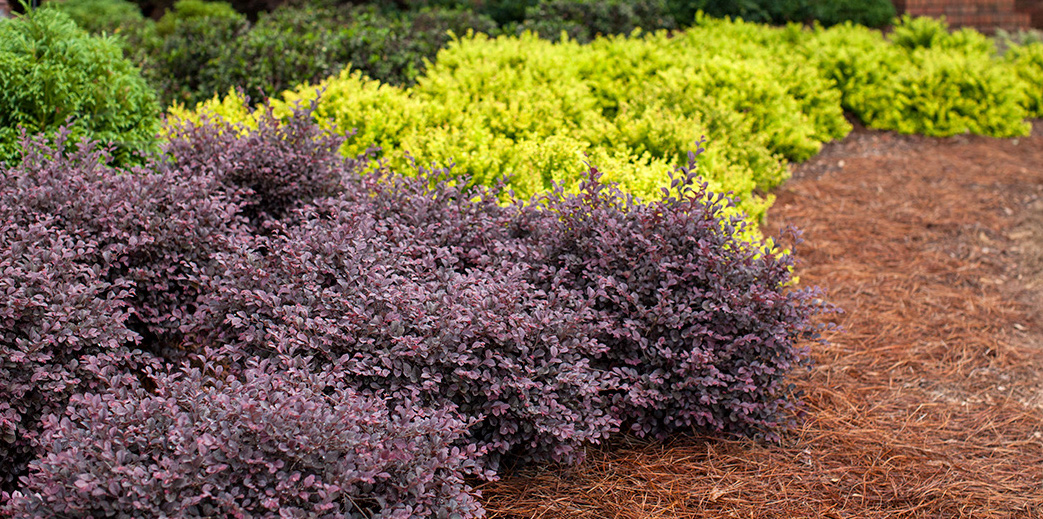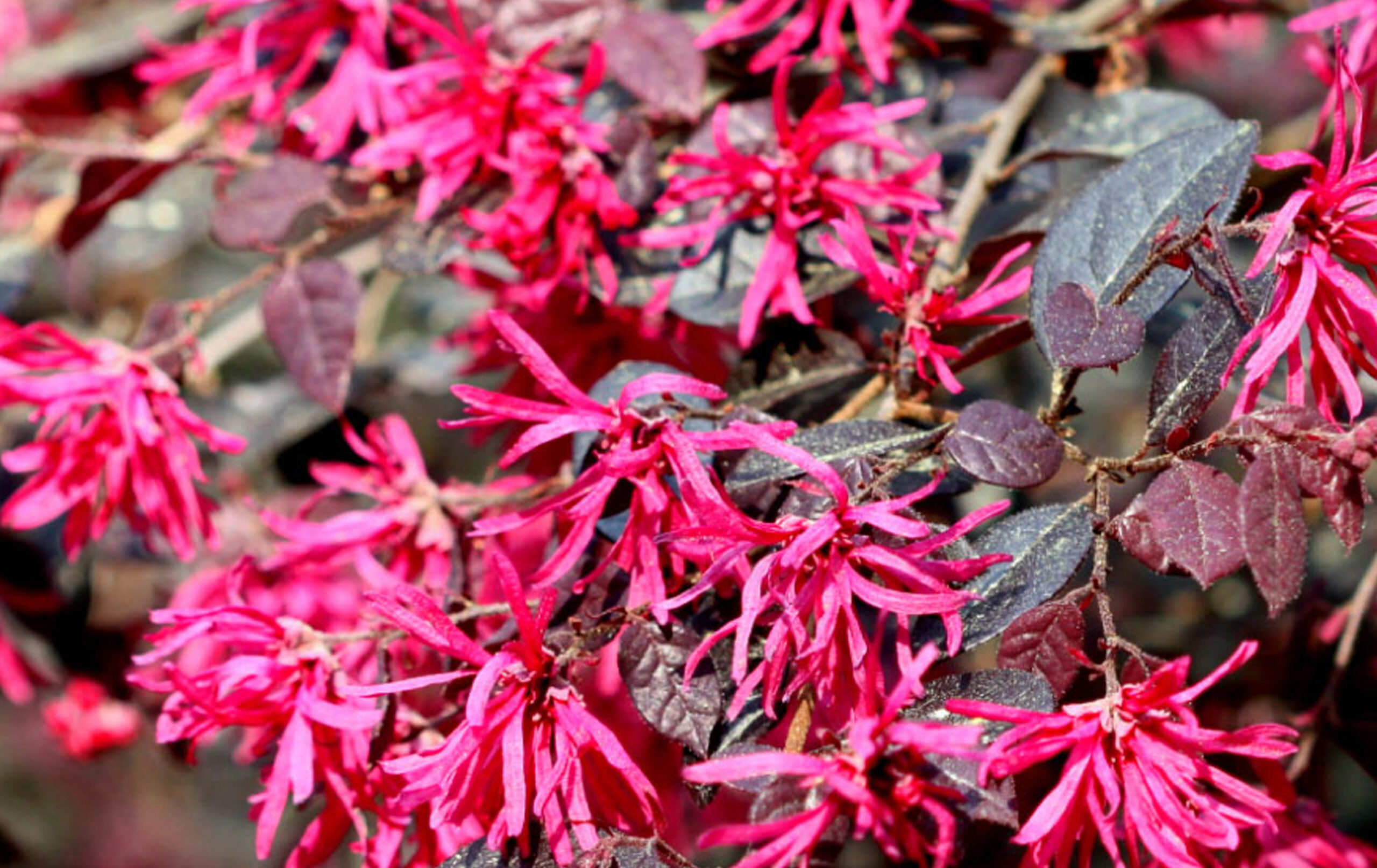With Spring fast approaching, those of us here in this lovely part of the country are faced with a seemingly insurmountable problem:
Our homes and gardens may soon be too beautiful!
Here is what we know: the vibrant pop of color from our Encore azaleas and freshly-potted roses has been linked to envy among neighbors, and our Endless Summer Hydrangeas are likely to cause dizziness and possible fainting into a breezy patch of Soft-Caress Mahonia-shaded rye grass.
No one said Spring-time in Tallahassee is easy.
From Crawfordville to Thomasville, Midway to Monticello, and beyond, we plant-lovers must now choose from an almost-endless array of soon-to-bloom options for our homes and gardens.
But there is hope.
We at Tallahassee Nurseries contend that, envious neighbors and the beginning of this article aside, there is no such thing as a garden that is too beautiful.
Embrace the color! we say.
With its deep-burgundy foliage and pink, spider-like flowers, the acclaimed Crimson-Fire Loropetalum is a great way to do just that.
To embrace the rich and complimentary color of this small and easy-to-grow shrub is to ask:
“So what if my garden’s beauty is approaching knee-weakening proportions?”
Crimson-Fire is easily maintained at three-to-four feet high and wide, with its weeping, prostrate form, and does well in full sun. It is remarkably disease and pest resistant, and looks gorgeous planted with the contrasting colors and textures of, say, Kaleidoscope Abelia and Blue Pacific Juniper. Unlike their large and generally unwieldy predecessors, these compact loropetalums (aka Chinese fringe flowers) actually stay small, and work well both as foundation plants or in a container.
Crimson-Fire Loropetalum can be planted with Kaleidoscope Abelia for a low-lying nebula of neon-pink seething beside kaleidoscopic limes and yellows.
(pictured above)
A few things to note before choosing Crimson-Fire Loropetalum:
– While this plant will tolerate partial shade, its deepest foliage color resides in its new growth, and Crimson-Fire will generate the most new growth (and produce the most flowers) when planted in a spot that receives full sun (six or more hours of direct sunlight).
– Crimson-Fire Loropetalum likes well-draining soil, and prefers not to be in a spot that is constantly wet. Let’s face it, though – Who among us has ever forgotten to water our plants? That’s right, everyone! The takeaway: water this plant religiously, as one would any other shrub one is establishing, but let’s not drown our Crimson Fire (no putting out the fire, so to speak).
– While generally easy to handle and plant, these loropetalums’ branches may break when removed carelessly from their container. Take care to flip the original container upside down and remove your Crimson-Fire slowly when planting.
– It is best to fertilize your Crimson-Fire Loropetalum in the Spring with a slow-release fertilizer, and best to prune them after they are finished blooming.
So what, exactly, are you waiting for? Come into Tallahassee Nurseries today and pick up some Crimson-Fire Loropetalum for your home garden. It’s easy to grow, it’s downright gorgeous…

…and that’s just something the folks across the street will have to get used to!
*This article was written by Dillon Dugan (Tallahassee Nurseries Employee)


